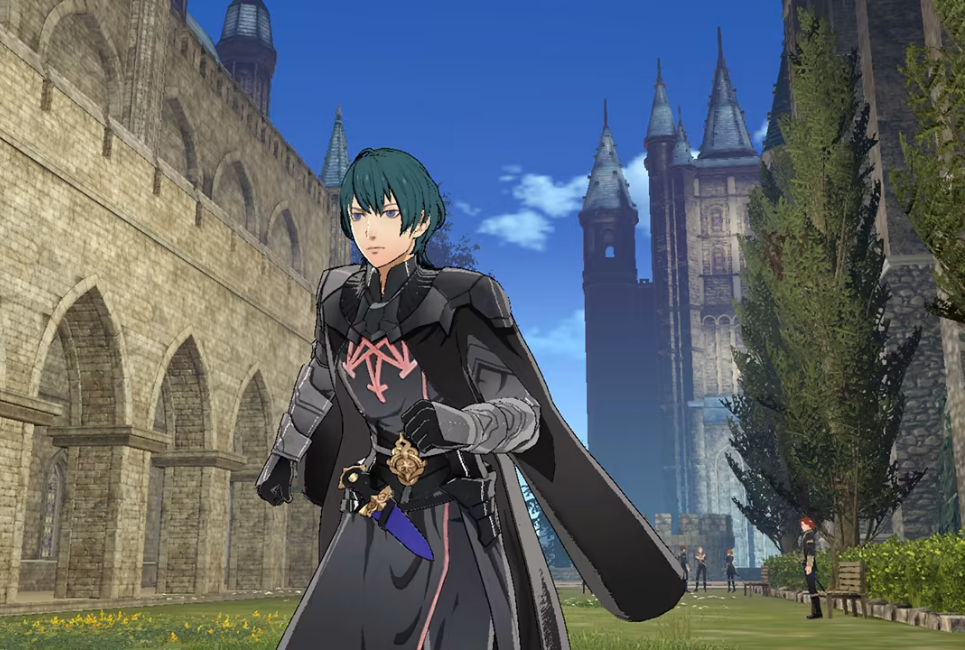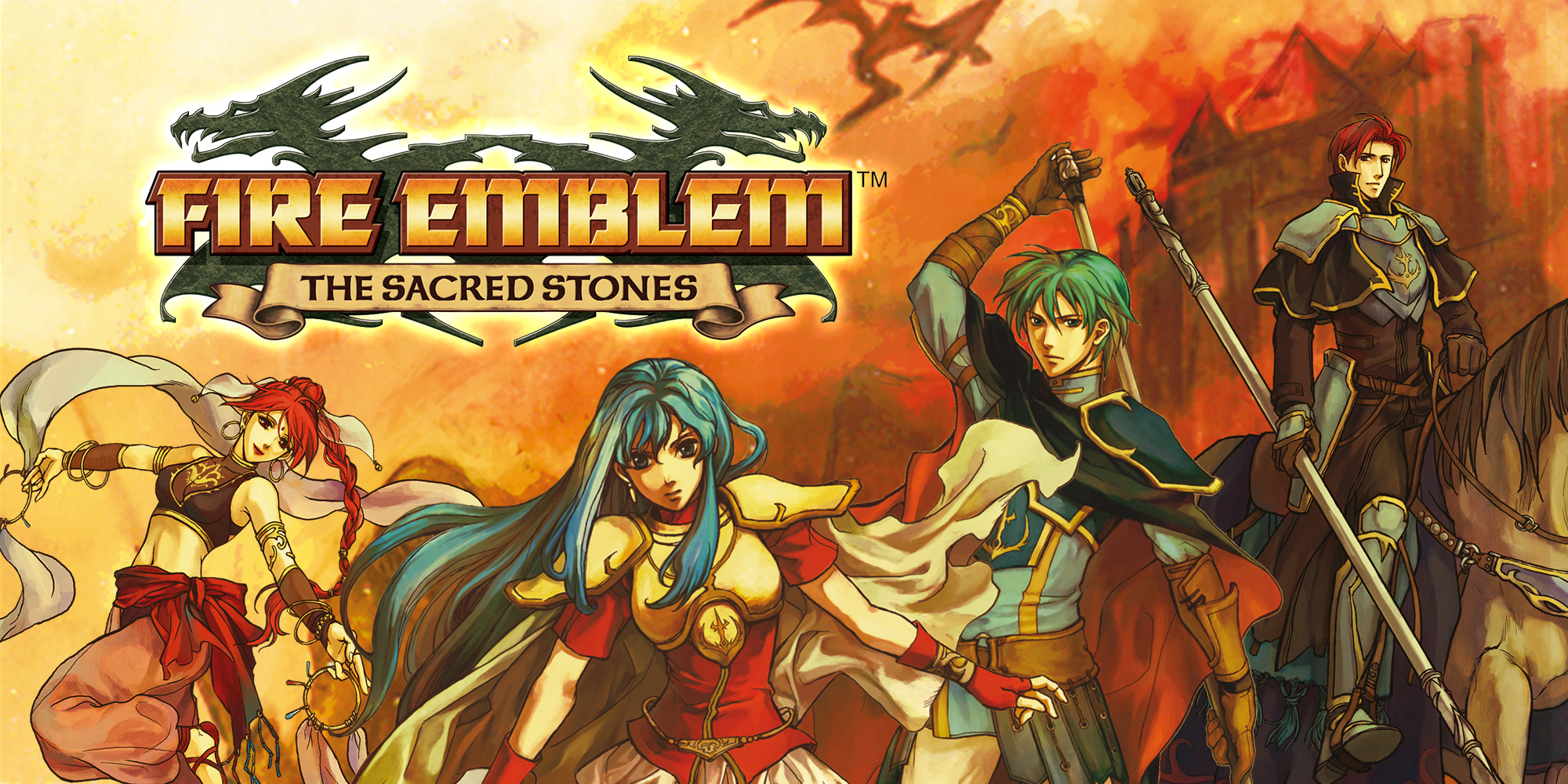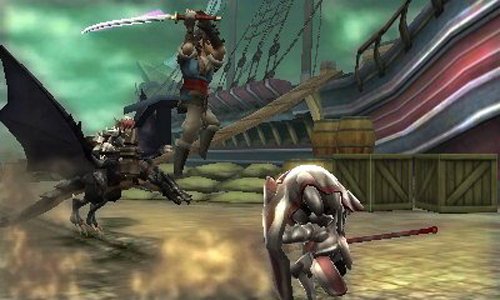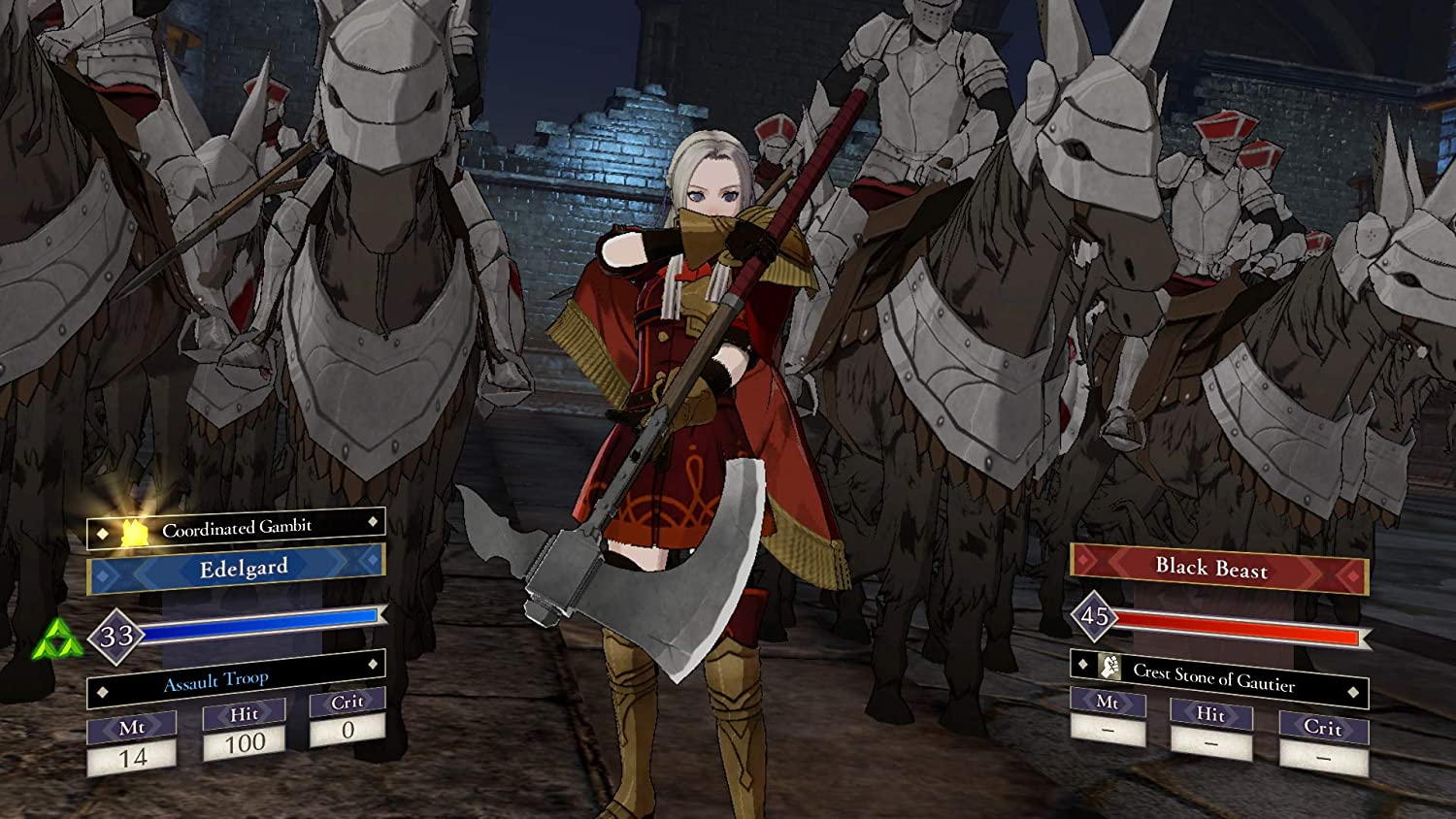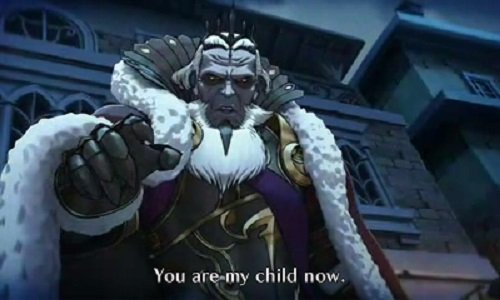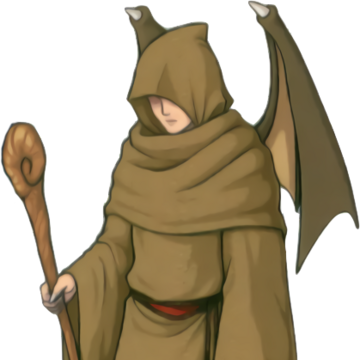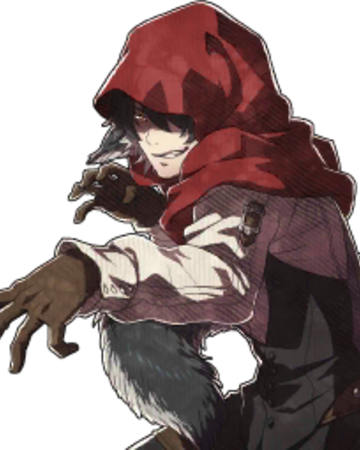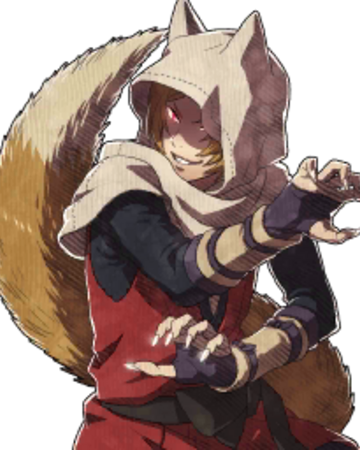- A Brief History of Fire Emblem - February 20, 2022
Fire Emblem is a turn-based strategy RPG series that for the longest time, remained exclusive to Japan. Created by 加賀昭三 / Shouzou Kaga and developed by Intelligent Systems. The series made its debut on the Famicom in 1990 with the title ファイアーエムブレム 暗黒竜と光の剣 / Fire Emblem: Shadow Dragon & the Blade of Light, this title was a hit in Japan and ended up spawning sequels, prequels, side stories, you name it. Just about every Nintendo console has had an installment of Fire Emblem on it. Still, none of those installments made it outside of Japan, mainly due to concerns about the difficulty of the games. However, even before installments of the franchise were localized for US/EU shores, for the longest time the series was talked about in Western magazines like Nintendo Power. However, Fire Emblem never truly got a chance to shine in either North America or Europe until Marth and Roy, two keystone characters of the franchise, made their debut in the classic game Super Smash Bros. Melee on the Nintendo GameCube in 2001.
This sparked massive interest in all things Fire Emblem and changed the course of history for the franchise, with the first localized title being Fire Emblem: The Blazing Blade, an exclusive for the Game Boy Advance, in 2003. The title was such a success that the decision to localize all future Fire Emblem games, sans one, was set in stone, or should we say Fire Emblem: The Sacred Stones, also for the Game Boy Advance, which was released two years later in 2005. Months before the GameCube exclusive, Fire Emblem: Path of Radiance ended up hitting US/EU shores.
With Fire Emblem now carving its legacy overseas, the only way things could continue going is up, right? Well, not so much. The series hit a snag in 2009 with the release of Fire Emblem: Shadow Dragon, a remake of the original Famicom game, on the Nintendo DS. Though the game itself was praised for its graphics, gameplay mechanics, and music, its sales were slow and because of this, the second DS remake remained exclusive to Japan. The series was essentially put on ice for the next four years until Fire Emblem: Awakening made its debut on the 3DS in 2013. Ever since then, every title in the Fire Emblem series has been localized.
What Makes Fire Emblem Special?
The unique battle mechanics that are present, and the stories that are told in each game make the series shine. The way these stories play also makes the characters in each installment interesting. Each installment usually starts by giving you the lowdown and essentially showing that you’re being plunged into the middle of a conflict that eventually evolves into full-scale war as you progress further into the games. Characters are fleshed out using support chats, some characters start loathing each other but eventually gain a mutual understanding and respect for each other, while others can fall in love and be romantically paired, possibly even marrying. It all boils down to the actions that you take throughout the title you are playing, and how each mechanic ends up playing out. Earlier installments are straightforward in how you can get your support conversations for characters to the maximum rank, while later installments flesh this out and add some other wrinkles to the mix. These elements might seem chaotic at first, but they work extremely well together, creating a cohesive experience.
How Battles Work:
Battles take place on a gridded plain of varying environments with two or three forces on the field at any given time. Earlier installments made battles a straightforward but very tactical affair. You had to be careful in how you moved your characters to ensure survival and victory. One false move and the enemy will swoop in like a pack of vultures that just spotted a fresh corpse on the ground. Later installments added some unique twists not found in any other strategy series to date, like allowing two characters to team up to capitalize on each other’s strengths or protect weaker characters so they can eventually become stronger and more capable fighters.
The reason being is that there is an element present in earlier titles that were a part of the core mechanics for the longest time but became an optional setting in Fire Emblem: Awakening and onward. That element is known as “permadeath”, adding a touch of realism to the titles while also making the difficulty downright crushing at times, permadeath means exactly that. When a character dies at the hands of the enemy, they’re out for the rest of the game. No revivals after completing a battle and there were no means of reviving characters either, no temples to pray at, no cloning machines either. So, to ensure a character, you wanted to survive did survive, you had to replay a battle again, sometimes more than once until you finally struck gold. This created some replay value in that the endings you got from each game depended on who survived the final battle.
When permadeath was made optional in Fire Emblem: Awakening it created something of a division in the fanbase. It succeeded in making the series more accessible and appealing to those who were interested in the franchise yet were scared to try it because of the spike in difficulty and the fact that when a character dies on the battlefield, they’re out for the rest of the game. Others felt that by doing this, they were alienating longtime fans of Fire Emblem as a whole. Permadeath was considered a staple in the franchise, and by making it optional, some felt like the difficulty and balance of the games were severely broken as a result.
The Weapon/Magic Triangle and the Class System:
Permadeath isn’t the only thing that sets the battles of Fire Emblem apart from other tactical RPGs. There are also classes for each playable character, and each class can evolve into more powerful classes too. Some even offer branching paths, allowing some customization for each character. Along with the class system, there’s also the Weapon/Magic Triangle which heavily influences how battles play out. The system might seem simple on the surface, but it can make for some downright devastating moves on opponents.
This is an example of the basic weapons triangle down below:
Swords / Tomes
Spears/Hidden Weapons _____ Axes/Bows
Essentially, Swords beat Axes, Axes beat Spears and Spears beat Swords. But adding to that, Tomes beat Bows, Bows beat Hidden Weapons like Knives/Daggers, which end up beating Tomes. Again, simple on the surface, but when you get down to the nitty-gritty of it, the system ends up being deep and engrossing. Adding to this, weapons have limited use but can be repaired if you have the right materials and amount of gold necessary to do so. Fail to repair the weapons, and they will eventually break.
This system existed throughout most of the franchise’s history, but the most recent installment, Fire Emblem: Three Houses did away with this system in favor of another known as Combat Arts, which is another thing entirely and chances are would require another article detailing how it works. This system also carried over to magics as well. Those tomes I was mentioning earlier. Those are magical tomes, and like weapons, they also have limited use in most installments but unlike weapons they can’t be repaired, meaning you need to keep your eyes out for merchants that are selling tomes. An interesting wrinkle is the four elements, they form one part of the whole magical triangle, a magical square if you may.
This is pretty much the basic magical square:
Fire —- Wind
| |
Water —- Thunder
So, Fire defeats Wind while Wind defeats Thunder, in turn, Water defeats Fire. However, there’s an additional wrinkle in that two additional elements are coming into play. Light and Dark. This, in turn, creates the entire Magic Triangle:
Fire —- Wind
| |
Water —- Thunder
/ \
Light ———— Dark
So essentially, Light and Dark can cancel each other out, but both usually triumph over other elemental magics. It can get a little daunting at first keeping track of what beats what in battle, but so long as you understand the basics, your chances of survival increase exponentially. It’s all about checking the stats and predicting the amount of damage you will do to an enemy fighter or how much damage your character ends up taking before taking the risk on whether to engage them in combat.
Now, what about the Stories?
The Fire Emblem franchise takes place across several continents, some are connected stories with some games being either a direct prequel or sequel to a previous installment of the franchise. Depending on the generation you want to start the franchise from, you can play any game from it, and you’ll be just fine.
What makes these stories special is the way you connect with these characters. This is done in a myriad of ways depending on the installment, earlier installments have standard support conversations that take place between characters, which flesh out their stories, friendships, possibly even romances too. It all depends on how you play through those games and who you have each character team up with on the battlefield. Newer installments add even more elements to the support system, thus giving you even better insight into the lives these characters lived throughout before the story began. In Awakening, a new wrinkle was added known as “Paralogues”, which provide a glimpse into a future where everything comes tumbling down through the eyes of descendants of the player-controlled characters.
Each element somehow makes these characters seem even more believable as people you would interact with if you lived during their timeframe. Each story somehow ends up playing out brilliantly, not only that, but later installments also even go as far as becoming more LGBTQ friendly as same-sex romances do officially become a thing in two of the latest installments, namely Fire Emblem: Fates on the 3DS and Fire Emblem: Three Houses on the Switch.
All games in the Fire Emblem series have a few things in common. For one, they all take place during medieval fantasy times. Meaning the common tropes of people wearing armor, wielding swords, spears, axes, shields, etc. are all present and accounted for. Certain units also ride horses and pegasi (basically flying horses) into battle, giving them the ability to cross great distances much quicker than those who travel on foot, and others still can morph into different creatures such as dragons. Humans/Beorc as they are called in two installments are not the only race present in the Fire Emblem universe. There are other humanoid races in these games too:
Manaketes – Humanoid race that can morph into dragons during close-range combat. Achieved using Dragonstones which only those who share their blood can wield, they are weak in their human forms but once they morph into their dragon forms, they become exponentially more powerful.
Laguz – Introduced in Fire Emblem: Path of Radiance, this humanoid race initially acted as a replacement for the Manaketes, they take a myriad of forms inspired by animals that we see walking the Earth today, various birds, cats, wolves, etc. Like the Manaketes, they also fight by morphing into their animal counterparts to boost their strength. They also tend to live far longer than their human/beorc counterparts, with dragon-type Laguz living to well over 1000 years old.
Branded – A mixed-race where one parent is of Laguz descent, and the other is of Human/Beorc descent. They have traits from both races, such as the longer lifespans of the Laguz, though not quite as long a lifespan as someone who is of pure Laguz descent. Their appearance is that of a standard human/beorc, apart from unusual eye/hair color. While they can’t morph into animal form like pure Laguz, somehow Branded have superior capabilities to pure Human/Beorc folk. When a branded is born, the Laguz parent loses the ability to morph, no matter the gender of the parent in question. Thus, Branded are often treated like pariahs by both Human/Beorc and Laguz.
Wolfskin – Introduced in Fire Emblem: Fates the Wolfskin is a tribe of people who have wolf-like capabilities. They’re known for their sharp sense of smell, able to sense when a person is approaching even from hundreds of yards away and out of sight. Not only that, but they can also morph into werewolf-like appearances in battle. This makes them incredibly dangerous to cross paths with and almost impossible to ambush. They are known to be scavengers. However, in a turn of events, they’re also at times hunted for their fur, which is rare and fetches a high price tag on the black market.
Kitsune – Also introduced in Fire Emblem: Fates the Kitsune are the foxlike counterpart of the Wolfskin, unlike their Wolfskin counterparts though, the Kitsune tend to try and keep to themselves and harbor a strong distrust of humans due to so many of them being slain for their fur in the past. Like the Wolfskin, their fur is rare and fetches a high price tag on the black market, but for entirely different reasons. They have a rule that all human invaders of their area are to be killed on contact due to their desire to remain hidden.
Not all these races appear in all the Fire Emblem games at the same time, but their abilities are like each other regardless. Should you play your cards right, your final party in each game will end up stacked with characters from all races who become one-hit killing machines that absorb damage like a sponge. Each race brings something to the table, be it the ability to morph into another form to do serious damage, or unique abilities not available anywhere else.
In Conclusion
The Fire Emblem series is an ongoing, very successful series of tactical RPGs that evolved over the 30 plus years it’s been active under Nintendo’s umbrella of franchises. Originally a Japan-only franchise, it has since gone on to see installments released in North America and Europe, most to critical acclaim. The series is known for not only having challenging battles that make you use your noggin, but also for the myriad of romances that are available to the player, thus giving some legroom for multiple endings/playthroughs of each title. Earlier installments were painstakingly hard since permadeath was the norm, if you wanted a certain character to survive, you had to quit and reload the battle sequence if they died in a previous playthrough. But it’s the fact that each installment evolved the mechanics and made itself more readily accessible to those who want to start checking out the series, that makes the Fire Emblem franchise stand out amongst a crowded field of tactical RPG juggernauts and will continue to do so in the foreseeable future.
For more interesting readings about Fire Emblem check out:

